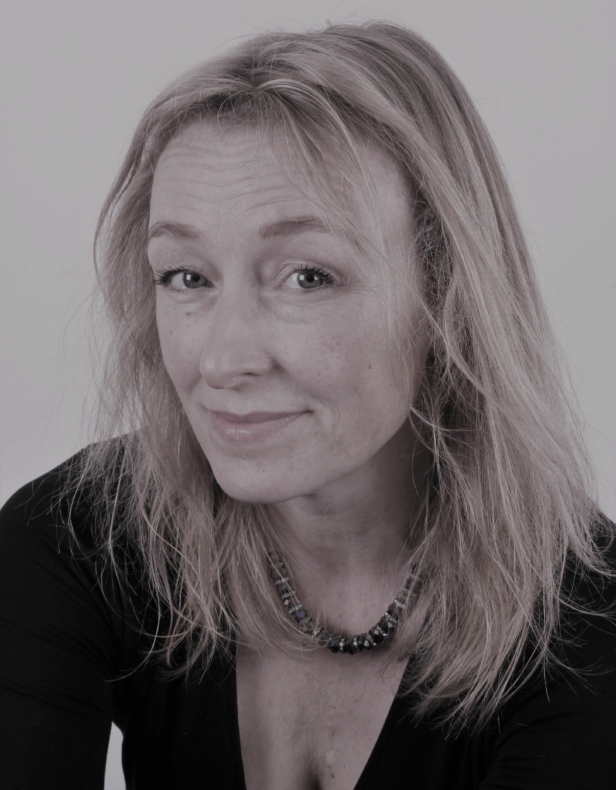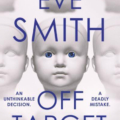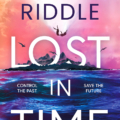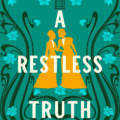As a writer of speculative thrillers, conjuring up haunting, ominous worlds is one of the best parts of the job. I throw myself down that Google rabbit hole, extracting obscure research articles, then sculpt whatever nuggets I find into menacing ideas for my books.
Recently, though, I’ve noticed that the distinction between everyday events and dystopian nightmares is becoming increasingly blurred – whether it be dangerous new tech, warnings about impending health crises and natural disasters, or theories about what totalitarian loonies are planning next.
The Oxford English Dictionary defines dystopia as ‘An imaginary place or condition in which everything is as bad as possible, the opposite to utopia’ – the key word being imaginary. No matter how terrifying the worlds that authors strive to create, reality appears to be outpacing us.
You only have to scroll through the news.
How ‘bad’ should dystopia be?
This might seem obvious, but according to the psychologist Maslow, the most fundamental human requirements are our biological needs to survive – clean air, sufficient food and water, a roof over our heads, warmth (but not too warm) and reproduction. If society is deprived of these things, then everyone’s lives are in peril. Enter the classic realm of dystopia.
Adam Neville’s brilliant novel Lost Girl, published just eight years ago, portrays a future where the climate crisis has wreaked havoc on the planet. Billions are threatened with starvation, triggering a mass migration north as nations are devastated by war, drought and storms. The UK has become a lawless, scorched country overtaken by violent crime syndicates and people-traffickers, with even the most basic services (health, social care and police) in turmoil.
Any of that sound familiar?
The other requisites for a functioning, healthy society are safety and security… order and predictability. These areas are frequently raided in dystopian fiction.
My latest novel, One, is also set in a climate crisis. A totalitarian government has swept to power in the UK and imposed a one-child policy, which is ruthlessly enforced. Compulsory abortion of excess pregnancies and life-long contraceptive implants are the norm.
You might think those things won’t be happening any time soon. This isn’t China, after all. But think again.
The growth of the far right across Europe, the USA and many other parts of the world is challenging sexual and reproductive rights. Look what happened last year with abortion rights in the United States. India currently operates two-child policies in some states. And the same week my thriller One went to press I discovered that scientists have successfully trialled a contraceptive injection that lasts for life. This trial was carried out in cats, but they believe it will work in other mammals, too. Including humans. Imagine the repercussions if that gets into the wrong hands…
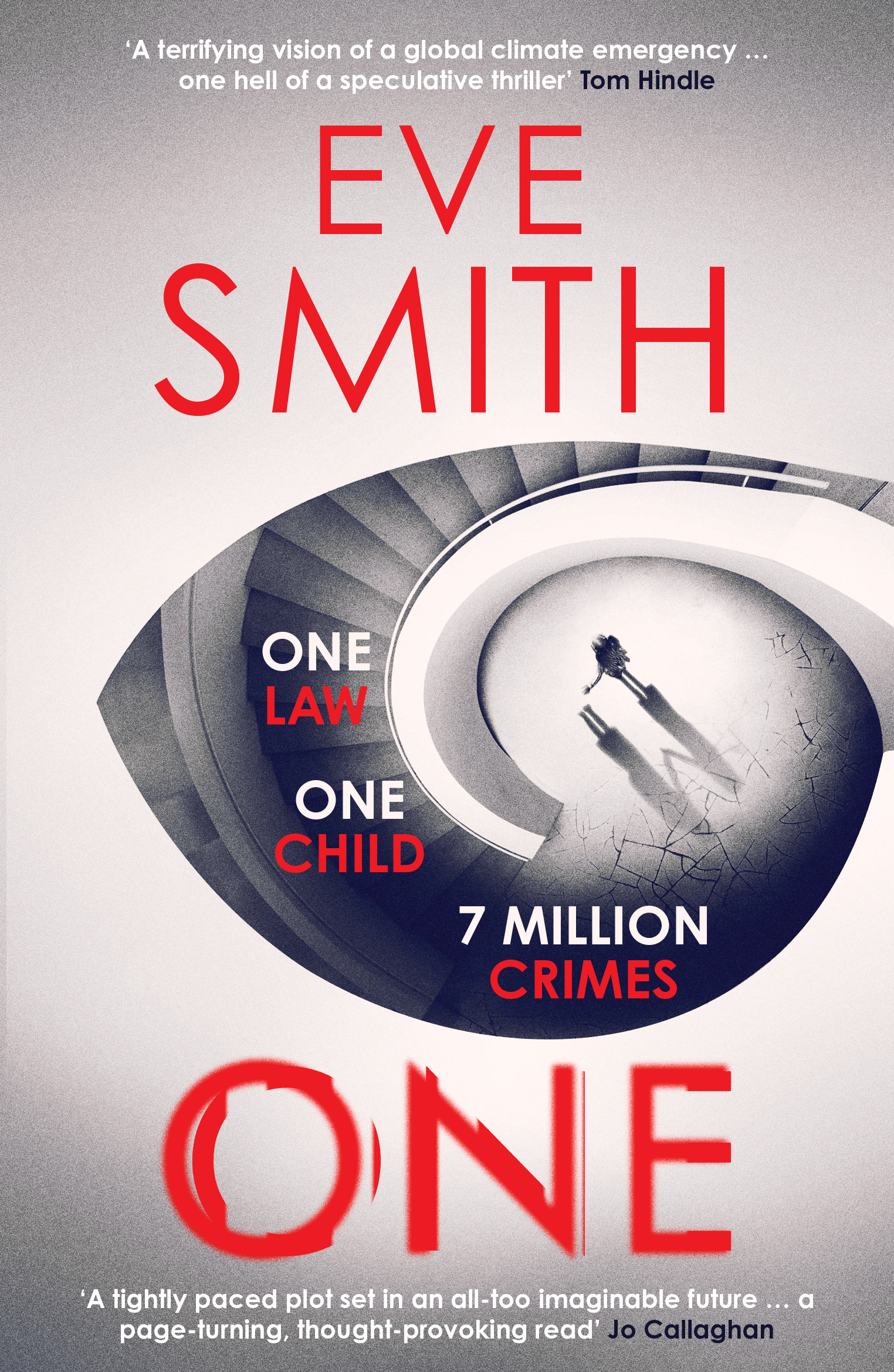
These dystopian visions haven’t actually happened yet… or have they…?
Paul Hardisty’s terrifying novel, The Forcing, presents us with another example of societal breakdown, but here we have an America where a government of youth has taken control. The older generation, deemed responsible for the climate crisis, have had their homes and possessions confiscated as resources become ever more scarce. They are incarcerated in desert labour camps and when supplies begin to run out they are left to fend for themselves.
As far as I’m aware, America hasn’t started shipping off its elderly citizens quite yet, but the environmental degradation that Hardisty so searingly depicts is already, sadly, all too familiar. As is the younger generation’s disenfranchisement with their predecessors for their failure to address it. And Hardisty knows a thing or two about such matters: he’s worked as an environmental scientist for decades. So maybe this future isn’t so far off, after all.
I do have another example, though, where society’s decision to sacrifice its elderly did come true.
My debut novel, The Waiting Rooms, was published in the summer of 2020. I first had the idea back in 2015 after I read an article claiming that, by 2050, ten million people could be dying of antibiotic-resistant infections every year. In the world I created, decades of spiralling drug resistance have unleashed a series of antibiotic-resistant pandemics. Ordinary infections have become untreatable so a law is introduced to keep the majority safe: no one over 70 is allowed antibiotics. Instead, they are sent to hospitals nicknamed ‘The Waiting Rooms’: hospitals where no one ever gets well.
Six weeks after my proof copies arrived in March 2020, the World Health Organisation declared COVID-19 was officially a pandemic and we went into lockdown. The months that followed saw increasingly disturbing parallels between daily life and the imaginary world I had created. The quarantining and isolation of older people, as social distancing took hold. The abandonment of elderly patients, discharged from hospitals to care homes to free up beds for others, no matter what the infection risk. And the harrowing decisions made in hospitals worldwide about which patients were eligible for life-saving ventilators when there weren’t enough to go round. Clue: it wasn’t the oldest patients.
I never expected the words I wrote in my dystopian thriller to come true. At least I had hoped they wouldn’t. But some did.
The fact is that, for most of us, 21st-century life is unpredictable and unstable, and it changes dizzyingly fast. So the probability of what seemed like an unprecedented idea parachuting into the news in the intervening months between submission of your novel’s final draft and your book hitting the shelves is pretty high.
Maybe that doesn’t matter. Maybe giving space on the page to some real-life dystopias is a good thing: they serve as a warning. We can vicariously endure imaginary people’s challenges in a rollicking plotline whilst figuring out how to deal with our own. Perhaps they help us empathise a little more with people suffering extraordinary events because we can see what the implications might be for our own families or communities.
After all, what’s the worst that could happen?
Eve Smith’s speculative thriller One is out on 20th July, published by Orenda Books. Find out more about the inspiration behind Eve’s books here.
